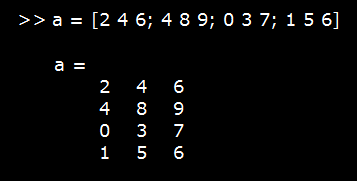

I'm going to call it, my cell and instead of creating it with parentheses or square brackets, we're going to create this with curly brackets. So, let's just go ahead and create one to see how it works. But, each element in that matrix can be a different data type. The matrix format is as follows: X R -by- Q matrix T U -by- Q matrix The cell array format is more general. The num2cell function converts an array that has any data typeeven a nonnumeric type. C num2cell (A,dim) splits the contents of A into separate cells of C, where dim specifies which dimensions of A to include in each cell. So you can think of a cell array like a matrix. So the best you can do is convert your cell array of cells to a single cell array as long as all of your sub-cells are the same size. Syntax C num2cell (A) C num2cell (A,dim) Description example C num2cell (A) converts array A into cell array C by placing each element of A into a separate cell in C. The num2cell function converts an array that has any data typeeven a nonnumeric type. Let's go ahead and clear the screen and I'm going to clear the workspace while we're at it. I found these really, really useful in my work so I wanted to show them to you here. Mother 'Julia Doe' > P > P.Family 4.6.2 CELL ARRAYS While a structure must be referenced by a known name, a cell is simply a matrix of other data.

And, MATLAB allows us to do that with cell arrays. Often, if we're working with complicated data sets, we want to be able to associate different data types, like say, vectors and strings together in a single construct.


 0 kommentar(er)
0 kommentar(er)
